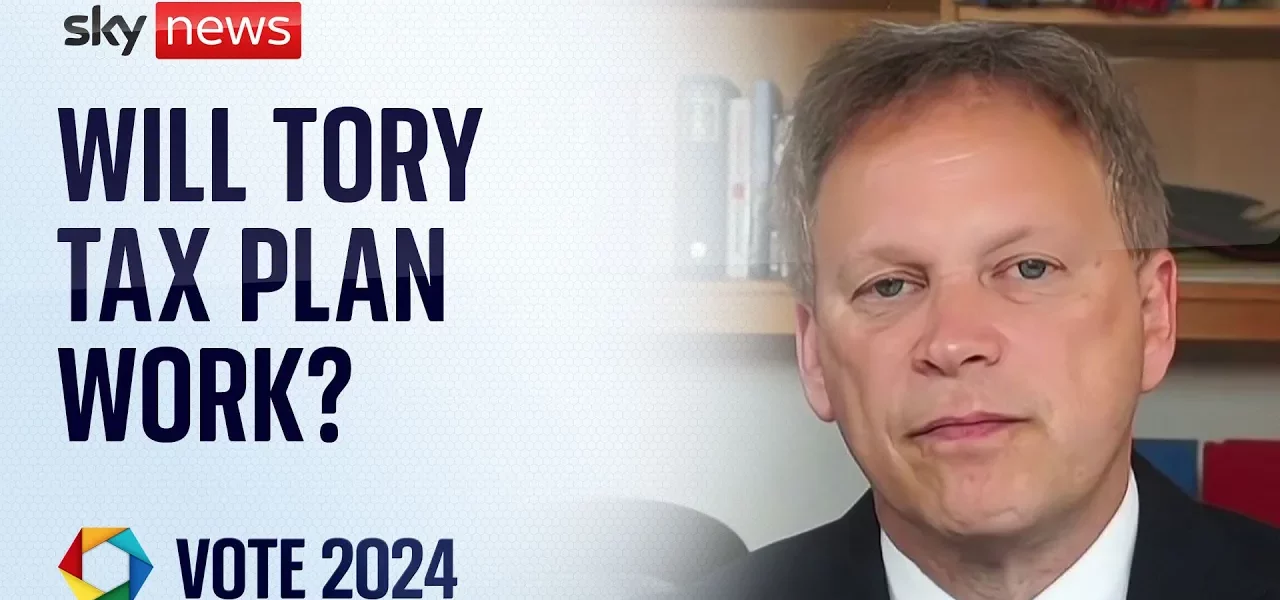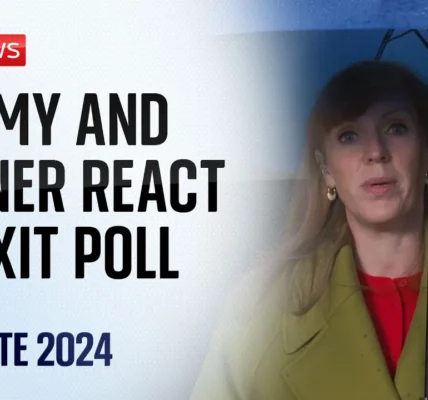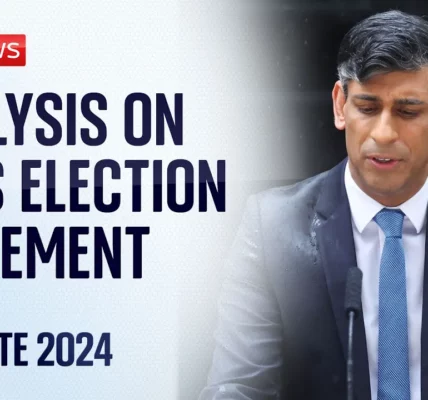Mr. Sha’s Manifesto Analysis: Tax Cuts and Welfare Spending Explained

In this article, we delve into the key points from Mr. Sha’s recent manifesto, focusing on ambitious tax cuts, welfare spending reductions, and housing initiatives aimed at improving the economic landscape. We will explore the proposed changes, their implications, and the feasibility of these promises in the current economic climate.
Introduction
The recent manifesto presented by Mr. Sha has sparked discussions across various platforms, especially regarding the proposed tax cuts and adjustments to welfare spending. The aim is to cut taxes by £17.2 billion while reducing welfare costs by £12 billion. However, the Institute for Fiscal Studies (IFS) has raised concerns about the viability of these figures. This article aims to dissect these claims, analyze the proposed government policies, and evaluate the potential impact on citizens and the economy.
Tax Cuts: A Closer Look
The manifesto outlines a significant reduction in taxes, particularly focusing on National Insurance contributions. The proposed tax cuts are not just numbers; they reflect a broader strategy to alleviate the financial burden on average citizens.
Details of the Proposed Tax Cuts
According to Mr. Sha, the tax cuts are structured as follows:
- A total reduction of £17.2 billion in taxes.
- A specific commitment to eliminate National Insurance payments for self-employed individuals.
- A decrease in the National Insurance threshold, leading to an immediate reduction in tax burdens for working individuals.
Challenges and Skepticism
Despite the optimistic projections, experts, including Paul Johnson from the IFS, have expressed skepticism regarding the feasibility of these tax cuts. Key concerns include:
- The potential for increased overall tax spending in subsequent years.
- Historical data showing that previous promises of tax reductions have not always been met.
- The challenge of balancing reduced tax income with necessary public spending.
Welfare Spending Adjustments
Mr. Sha’s manifesto also addresses welfare spending, proposing a reduction of £12 billion. This change comes in the context of increased welfare costs post-COVID-19, which have ballooned by approximately £34 billion.
Investment in Mental Health and Employment
To offset the cuts in welfare, the manifesto proposes significant investments in mental health support and job training programs. These include:
- A 50% increase in funding for mental health services.
- Programs aimed at reintegrating individuals into the workforce.
- Support for talking therapies and counseling services.
These initiatives are aimed at providing a safety net for those affected by welfare spending cuts while promoting a healthier workforce.
Potential Implications of Welfare Cuts
While the proposed investments are commendable, the reduction in welfare spending raises several questions:
- How will the government ensure that the most vulnerable populations are protected?
- What metrics will be used to measure the success of the new investments?
- Will these cuts lead to an increase in poverty levels or mental health issues?
Housing Initiatives: Building Towards the Future
A significant aspect of Mr. Sha’s manifesto is the commitment to housing development, with a promise to build 1.6 million homes in the coming years. This figure exceeds previous commitments and aims to address the ongoing housing crisis.
Strategies for Housing Development
To achieve this ambitious goal, the manifesto outlines several strategies:
- Streamlining planning processes to facilitate construction on brownfield sites.
- Removing legacy EU regulations that hinder housing development.
- Encouraging local councils to prioritize housing in their development plans.
Evaluation of Past Promises
Critics have pointed out that past housing promises were not fulfilled. For example, the commitment to build 300,000 homes per year has not been met in previous terms. This leads to questions about the credibility of the current promises:
- What measures will be put in place to ensure accountability?
- How will the government address the shortfall in housing from prior commitments?
- Can the proposed strategies realistically lead to the desired outcomes?
Conclusion
Mr. Sha’s manifesto presents a bold vision for tax cuts, welfare spending adjustments, and extensive housing development. While the ambition is commendable, the feasibility of these plans remains under scrutiny. As citizens, it is essential to remain informed and engaged with these discussions, as they will directly impact our economy and daily lives. We encourage readers to explore the manifesto further and consider the implications of these proposed changes.
For more related content on economic policies and government initiatives, check out our other articles on tax reform and welfare policy changes.
“`




